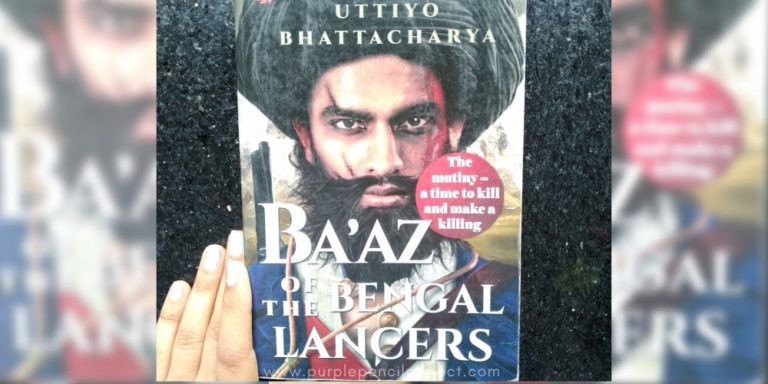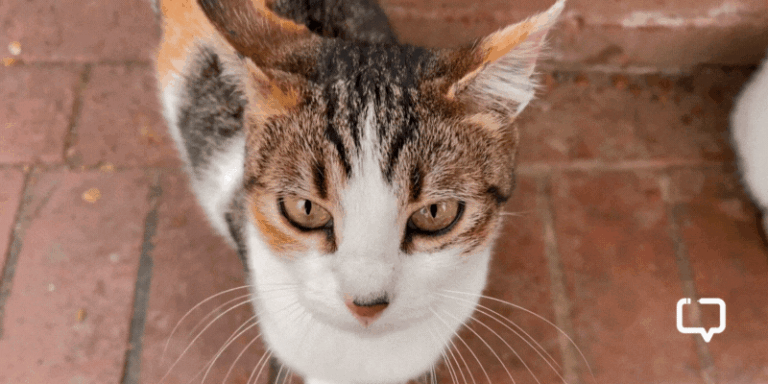Art curator, educator, and writer Tanya Abraham, knows Kerala and Kerala food closely. Born and raised in Fort Kochi to parents from two different Christian communities, the differences in traditions and religious influences based on history always fascinated her. Eating with History: Ancient Trade-Influenced Cuisines of Kerala is one part recipe books and one part culinary adventure through the history of Kerala and Kerala food.
“I am unable to separate memories from my writing. I search for the soul of what makes people who they are. I found that food is an expression of identities and histories, of people’s families and experiences.”
We encourage you to buy books from a local bookstore. If that is not possible, please use the links on the page and support us. Thank you.
Kerala Food History
Kerala is a diverse and secular state, an amalgamation of several cultures and religions, and its food a testimony to the history of the state. Some credit to the diversity lies with the foreign invaders who arrived at the shores of Kerala to indulge in the pepper and spice trade. A huge demand for pepper (called ‘the black gold’) brought the Portuguese to India. The main ingredient that the Portuguese introduced to the region was vinegar. Although vinegar was available in India before the arrival of Portuguese, only they used it in cooking. Red chili peppers, yeast and leavened bread are also their legacy. The ever famous Kerala breakfast dish of puttu(steamed rice cake) is believed to have Portuguese influence. They powdered rice and steamed it in cylindrical bamboo pipes to feed men in the army.
Then came the Dutch, determined to wipe out the Portuguese, but they couldn’t erase their influence on Kerala food. However, there are some dishes that survived the test of time from the Dutch cuisine too. Breudher is a sweet cake with dried plums. It is said that the raisins do not sink to the bottom in a breudher made well! Popular with the Anglo-Indians in Cochin, it is eaten with a generous helping of butter or with the ripe Kerala banana. It is being made till date in Fort Kochi at Quality Bakery.
Then there is the nugget about biryani (is any food discussion complete without it?) and its community flavours. Malabar Muslims or Mappila are unique in many ways. They followed a matriarchal system as the Arabs who married local women and left for business, while women held property, lineage and continued to live in their homes. They believe in communal eating as per the Quran. This is especially familiar during weddings when a supra, which is a circular palm leaf mat, is placed on the ground and a gathering of eight to ten men sit around a large plate and eat together. Malabar biryani possesses a unique taste like none other and has been passed down through generations from the time of Arabs.
Recipes from Kerala Food
The author at the beginning of Eating With History, has a dedication to her grandmother Annie Burleigh Kurishingal. She is not just her grandma but a culinary expert, freedom fighter, founder of the Mahila Samajam and former municipal councilor at Fort Cochin. In her dedication to her grandmother for the great food, the author writes how the book is an ode to women who run households, preserve recipes, and share them across generations. The recipes are categorized into five parts: vegetables, bread and appams, meat and fish, sweets and desserts and squashes and wines. Every dish is mentioned along with the community in which it is mostly prepared. There are recipes from Syrian Christians, Malabar Mappila, Malabar Jews, Paradesi Jews, Latin Catholics and Anglo Indians.
Food and Religion
Religion, cultural customs, and rituals plays an important role in what a particular community eats. Jews never eat milk and meat together. So, they started using coconut milk. Muslims are very fond of beef. Indri or Pesaha appam is made by the women of Syrian Christians on Maundy Thursday (the Thursday before Easter). Matzah bread is an unleavened bread made during Passover (commemorates the Biblical story of Exodus — where God freed the Israelites from slavery in Egypt) by Paradesi Jews. Koubbah (meat balls in a gravy) is a must during Hanukkah. Haleem (soupy mutton stew) is made during Ramadan and it is different from the one made in North India.
Eating With History is filled with such interesting connections between food and religion as they play out in Kerala, and in a country where politicians keep the public constantly at logger-heads with respect to food choices, it is all the more important to pay attention to it.
Conclusion
I wonder if the foreign trade had no influence on the cuisine of Hindus, for there is no mention of it. The recipes could have been a little elaborate to make it easier for even new cooks to try their hand at. Overall, an engaging and must-read, that draws important regional connections between food, religion, and history and shows a glimpse of just how diverse and layered our country is.























